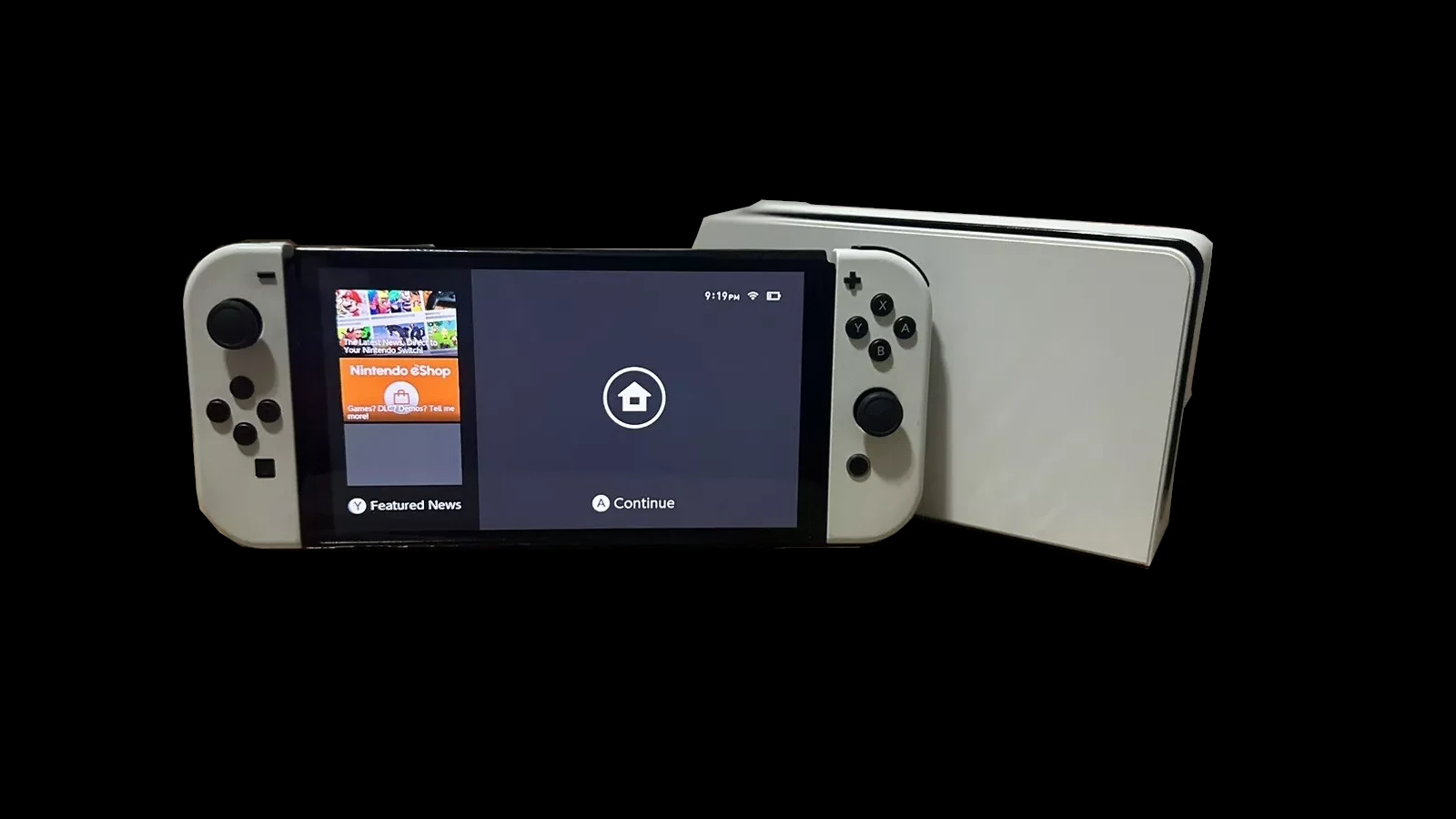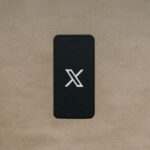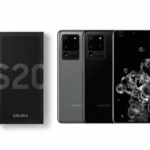Nintendo fans face a tough choice: buy the Switch OLED now or wait for the rumored Switch 2. The OLED model offers a bigger, brighter screen and improved audio. For most gamers, buying the OLED Switch now is a good choice. It’s a solid upgrade that’s available right away.
The Switch 2 doesn’t have an official release date yet. It may not come out until mid to late 2025. Waiting that long means missing out on great games in the meantime. The current Switch library is huge, with many top-notch titles to enjoy.
Price is another factor to think about. The OLED Switch costs $350, which is a fair price for its upgrades. The Switch 2 will likely be more expensive at launch. Budget-minded gamers might prefer the known cost of the OLED over an unknown future price.
Nintendo Switch OLED vs. Switch 2: Making the Right Choice
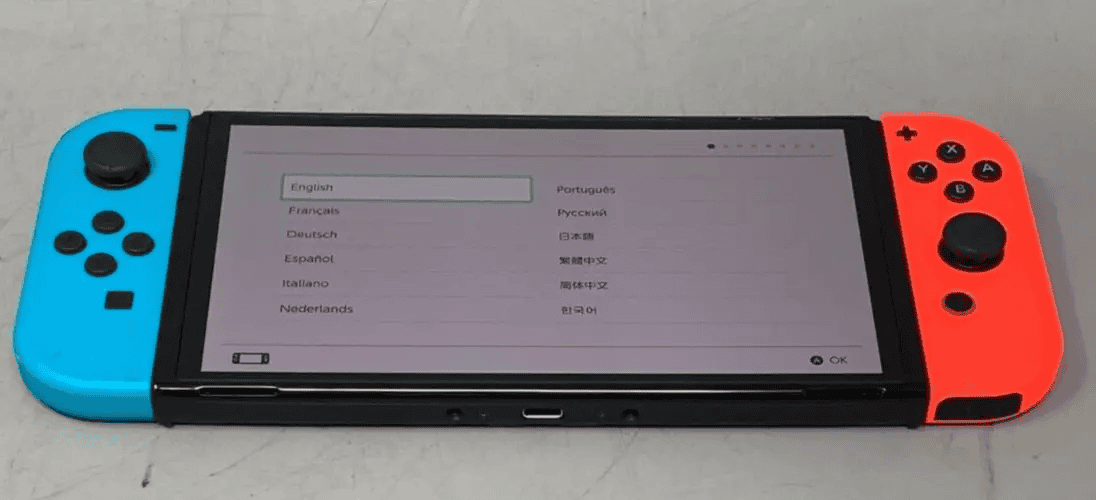
Should you buy a Nintendo Switch OLED now, or hold out for the rumored Switch 2?
It’s a tough question many gamers are grappling with. Let’s break down the factors to help you decide.
The Current Contender: Nintendo Switch OLED
The Switch OLED is a fantastic console. It boasts a vibrant 7-inch OLED screen that makes colors pop. This is a major upgrade for handheld gaming. The OLED model also has enhanced audio and a wider kickstand for tabletop mode.
Pros:
- Gorgeous OLED display
- Improved audio
- More stable kickstand
- Available now
Cons:
- Same internal specs as the original Switch
- No performance enhancements
- Higher price tag than the standard Switch
The Mysterious Challenger: Nintendo Switch 2
Rumors are swirling about the Nintendo Switch 2. It is expected to have a more powerful processor and improved graphics. This means smoother gameplay and potentially higher resolutions. A new Pokémon Legends game is rumored to be a launch title.
Pros:
- Likely to have much better performance
- Potentially new features and design
- May have exclusive games
Cons:
- Not officially confirmed
- Release date is uncertain (possibly 2025)
- Price is unknown
What Kind of Gamer Are You?
Your decision depends on your gaming priorities.
- “I need it now!” If you can’t wait to play the latest Nintendo games, the OLED is a great choice. It offers the best handheld experience currently available.
- “I’m a graphics enthusiast.” If you want the best possible visuals and performance, waiting for the Switch 2 might be worth it.
- “I’m on a budget.” The standard Nintendo Switch is still a solid option. It’s more affordable and plays the same games as the OLED model.
Here’s a table summarizing the key differences:
| Feature | Nintendo Switch OLED | Nintendo Switch 2 (Rumored) |
|---|---|---|
| Display | 7-inch OLED | Unknown (likely LCD) |
| Resolution | 720p (handheld) / 1080p (docked) | Possibly higher (rumored) |
| Processor | Nvidia Tegra X1 | More powerful (rumored) |
| Graphics | Nvidia Maxwell-based | Significantly improved (rumored) |
| Release Date | Available now | Possibly 2025 |
| Price | Starting at $349.99 USD | Unknown |
Ultimately, the best choice for you depends on your individual needs and preferences. Consider your budget, your gaming habits, and how important factors like graphics and performance are to you. Happy gaming!
Key Takeaways
- The OLED Switch offers immediate benefits with its improved screen and audio
- Waiting for the Switch 2 means a long delay before playing new Nintendo games
- Current Switch owners can enjoy a large game library without waiting for new hardware
Understanding the Nintendo Switch Family
The Nintendo Switch family has grown since its initial launch, offering different models to suit various gaming preferences. Each version brings unique features and improvements.
Evolution of the Switch Models
Nintendo introduced the original Switch in 2017. This hybrid console allows players to game on TV or on-the-go. In 2019, the Switch Lite joined the lineup as a portable-only option. It’s smaller and cheaper than the standard model.
The Switch OLED arrived in 2021. It keeps the original’s versatility but adds a bigger, better screen. The OLED model also has improved speakers and a wider kickstand.
Specs and Features Comparison
| Feature | Original Switch | Switch Lite | Switch OLED |
|---|---|---|---|
| Screen | 6.2″ LCD | 5.5″ LCD | 7″ OLED |
| TV Mode | Yes | No | Yes |
| Battery Life | 4.5-9 hours | 3-7 hours | 4.5-9 hours |
| Storage | 32 GB | 32 GB | 64 GB |
| Joy-Cons | Detachable | Built-in | Detachable |
The OLED model doubles the internal storage to 64 GB. All versions support microSD cards for extra space. Battery life varies based on games and settings.
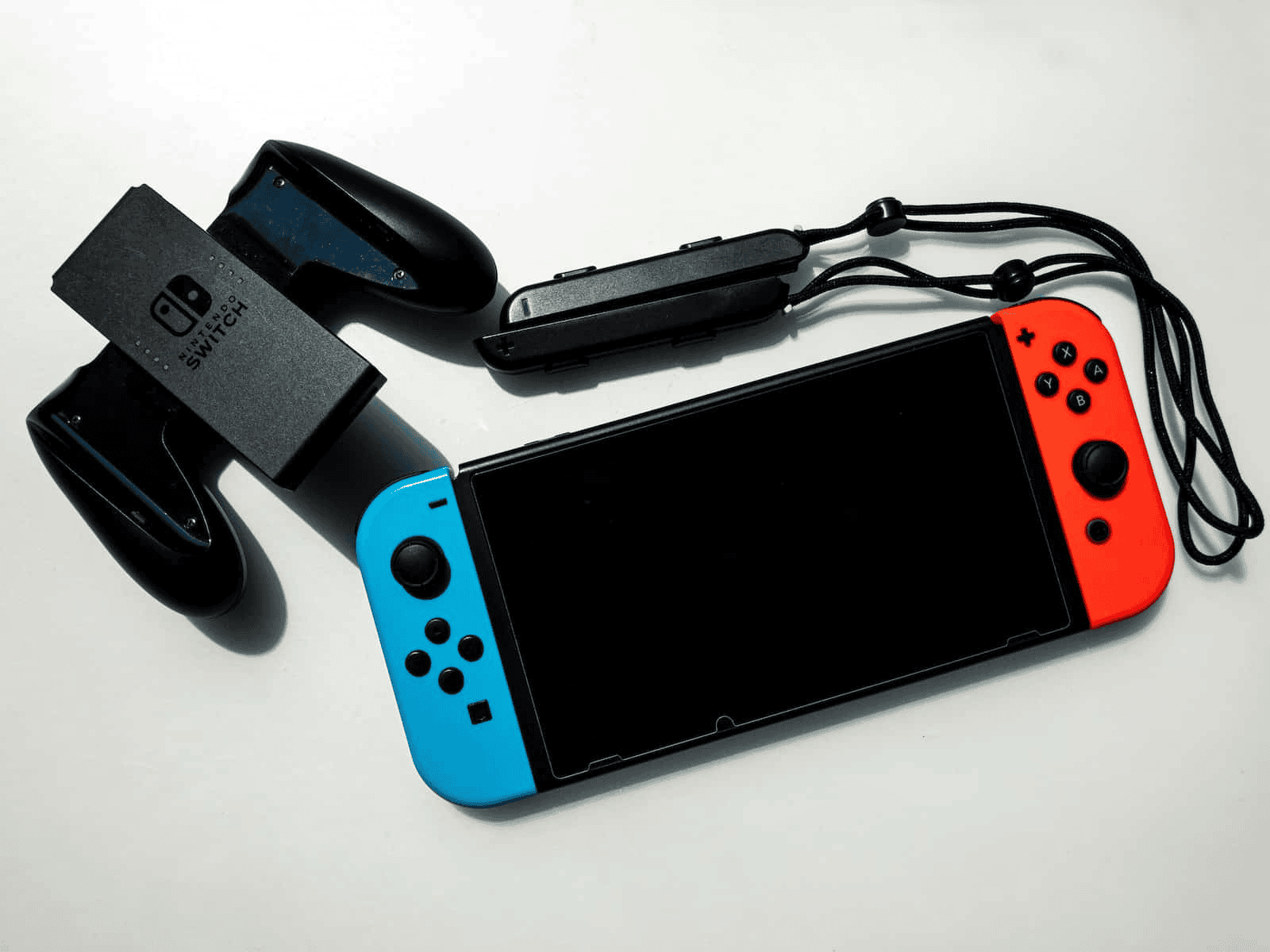
OLED Screen Advantages
The OLED display is the star feature of the newest Switch model. It offers deeper blacks and more vibrant colors than LCD screens. This makes games look more vivid and lifelike.
The larger 7-inch screen provides a better viewing experience in handheld mode. It’s great for both solo play and multiplayer games. The improved contrast helps players see details in dark game scenes.
OLED technology also uses less power when showing dark content. This can lead to slightly better battery life in some cases.
Considerations for Upgrading or Waiting
Gamers face a choice between buying the Nintendo Switch OLED now or waiting for the potential Switch 2. The decision depends on gaming needs, hardware improvements, and expected features of the new console.
Gaming Needs and Preferences
The Switch OLED offers a bigger, brighter screen for handheld play. Its 7-inch OLED panel has better contrast and colors than the original Switch. This makes games look better when playing on the go.
For those who mainly play docked, the OLED model may not be worth it. The TV output is the same as the standard Switch. Gamers who want better graphics or performance might want to wait for the Switch 2.
The current game library is vast. Players can enjoy many great titles right now on the OLED. But some may prefer to hold off for potential exclusives on the Switch 2.
Hardware Improvements and Performance
The Switch OLED has the same CPU as the original model. This means no boost in game performance or loading times. The Switch 2 will likely have a faster processor, allowing for smoother gameplay and better graphics.
Battery life on the OLED is slightly better than the original Switch. The Switch 2 might offer even longer playtime between charges. This could be a big plus for on-the-go gaming.
Storage space is doubled on the OLED, with 64GB built-in. The Switch 2 may have even more storage, reducing the need for extra memory cards.
Anticipated Features of the Switch 2
Rumors originally suggested that the Switch 2 could launch in late 2024, but that is not looking likely at all. Most now think that it will launch in mid to late 2025. It may have 4K output when docked, a big step up from the current 1080p. This would make games look much sharper on TVs.
Backward compatibility is likely, allowing players to use their current Switch games. This would protect the investment of those with large game libraries.
The new console might have more powerful specs to run advanced games. This could mean ports of newer titles that the current Switch can’t handle.
Improved Joy-Cons could fix drift issues that plague the current models. New control features might also be added for more immersive gameplay.
Impact on Gaming Experience
The Nintendo Switch OLED and potential Switch 2 offer different gaming experiences. Visual quality, game compatibility, and accessory options are key factors to consider when choosing between the two systems.
Visual and Gameplay Enhancements
The OLED Switch boasts a bigger, brighter screen with richer colors. This upgrade makes games look better, especially in handheld mode. The 7-inch OLED display offers sharper images and deeper blacks compared to the original Switch.
For the Switch 2, rumors suggest improved graphics and faster performance. This could mean smoother gameplay and more detailed game worlds. The Switch 2 might also support higher frame rates and resolution, making games feel more responsive.
Both systems aim to enhance the visual experience, but in different ways. The OLED focuses on screen quality, while the Switch 2 may offer more power for better graphics overall.
First-Party Switch Games and Compatibility
Nintendo’s first-party games are a big draw for the Switch. Popular titles like The Legend of Zelda: Breath of the Wild and Metroid Dread shine on the OLED’s screen. These games are sure to work on the current OLED model.
The Switch 2 might bring new features to these games. It could offer faster load times or improved graphics for existing titles. There’s also the chance of new Switch 2 exclusives that take advantage of its power.
Game compatibility is a key concern. The Switch 2 might play all current Switch games, but this isn’t confirmed. Some gamers worry about missing out on new releases if they stick with the OLED model.
Accessory and Multiplayer Considerations
The current Switch OLED works with all existing Switch accessories. This includes Joy-Cons, Pro Controllers, and third-party options. Multiplayer games are easy to set up with the current system.
For the Switch 2, accessory compatibility is unknown. New features might require new controllers or add-ons. This could mean extra costs for players upgrading from the OLED.
Multiplayer gaming might see improvements on the Switch 2. Better online features or local play options could enhance the social gaming experience. The OLED model, however, offers a tried-and-true multiplayer setup that works well for most games.
Joy-Con drift remains a concern for both systems. It’s unclear if the Switch 2 will address this issue or use the same controller design.

